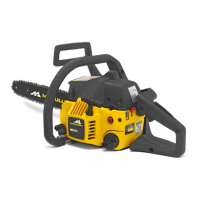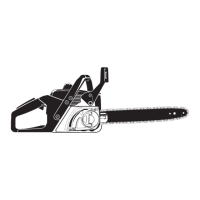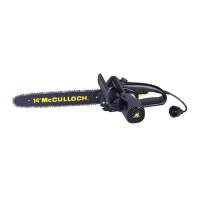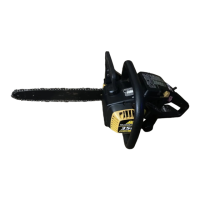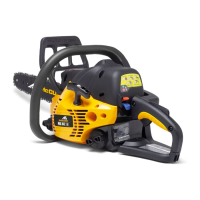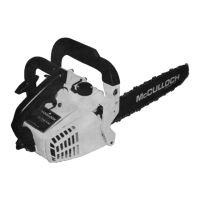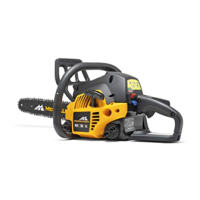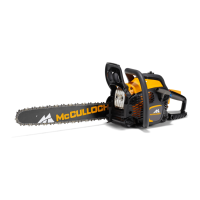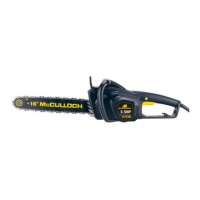INSTRUCTION MANUAL
IMPORT ANT INFORMA TION: Please r ead these instruct i ons caref ull y
and make sure you understand them before using thi s unit . Ret ai n these
inst r ucti ons f or futur e reference.
MANUEL D’INSTRUCTIONS
RENSEIGNEMENTS IMPORTANTS: Avant d’utiliser cet appareil,
veuillez lire atentivement les instructions et assurez --v ous de les avoir
comprises. Conservez les instructions pour référence ultérieure.
MANUAL DE INSTRUCCIONES
INFORMACIÓN IMPORTANTE: Lea atentamente las instrucciones y
asegúrese de entenderlas antes de utilizar esta aparato. Conserve las
instrucciones para la referencia en el futuro.
GB
FR
PT
ES
545154712 Rev. 5 5/20/09 BRW
RU
MANUAL DO OPERADOR
INFORMAÇÕES IMPORTANTES: Queira ler cuidadosamente estas
instruções e tenha certeza de entendë--las antes de usar a serra e
guarde para consulta futura.
